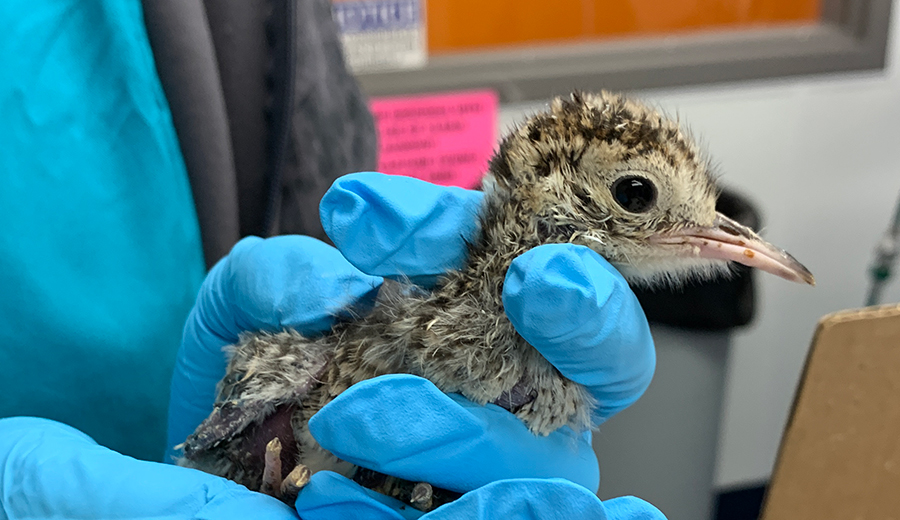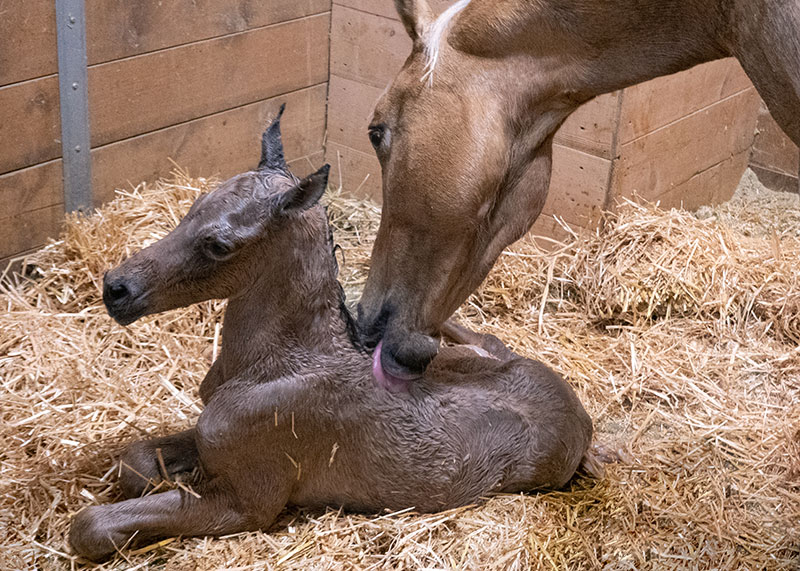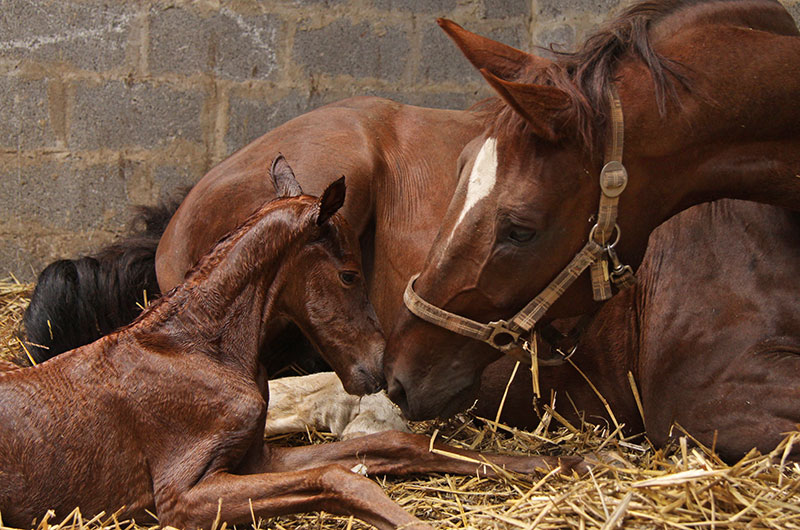Learn signs of stress in your exotic pet
Got a dog or cat? Chances are you can recognize some of their behaviors around pain and illness for one basic reason: People, dogs, and cats are all predators, and thus share many behavioral patterns.
However, when it comes to exotic pets such as birds, small mammals, and reptiles, “reading” your pet becomes much trickier.
According to Dr. Kenneth Welle, who heads the zoological medicine care team at the University of Illinois Veterinary Teaching Hospital in Urbana, signs of pain and distress in exotic species are often individual or species-specific.
Prey Species Hide Pain
“Many exotic pets are prey species. Their instincts will help protect them from predators when they are injured or sick,” he explains. “They often become very still and do not perform normal behaviors.
![[Fifi the guinea pig examined by Dr. Welle]](https://vetmed.illinois.edu/wp-content/uploads/2021/04/pc-welle-fifi2.jpg)
So what should owners do to ensure that their exotic pet is well? Along with appropriate feeding and housing, preventive care is a basic responsibility in caring for exotic pets. Bringing the pet for routine veterinary visits helps catch issues in the early stages, when solutions are most manageable.
Choose a Knowledgeable Veterinarian
“Other than ferrets, most exotic pet species do not receive vaccines or parasite treatments on a regular basis,” notes Dr. Welle. “However, regular examinations can detect health problems before they become troublesome. The veterinary team can also make husbandry recommendations to help improve the health of the pet. Owners should also house the animals in safe enclosures, keep pets at an appropriate weight, and closely observe them for changes in behavior.”
Dr. Welle advises owners to find a veterinarian familiar with their pet’s species before the pet develops a situation that requires veterinary care.
“Whenever you have a concern, it is best to check with your veterinarian. Sometimes the veterinarian will be able to assure you that the described behaviors are typical for the species,” says Dr. Welle.
“When there is a problem, though, it is often advanced further than would occur in traditional pets because of the difficulty in recognizing pain and illness in exotic pets.”
Early intervention may mean the difference between a good or a bad outcome. There are a number of medical therapies that can help alleviate pain, and some that can reduce stress. In some cases, even if the underlying problem is not uncovered, a pet can receive treatment that greatly improves comfort, according to Dr. Welle.
Sources of Stress Vary among Species
Because exotic pets may not obviously communicate, it is good to be aware of sources of stress, which differ among individuals and especially among species. For example, hiding places are helpful for ground-dwelling species, whereas tree-dwelling species may feel safer if they are well above the ground.
Solitary species are stressed by being housed with others. Social species are stressed by being alone—but even social species are stressed if they are overcrowded. Many smaller species need to feel that they are out of sight of predators.
“Small prey species may be stressed by the sight, sound, or smell of predators. For many of these species, humans will be considered predators until the pet learns that humans are the source of food, water, and care,” says Dr. Welle. “After the pet learns this, the pet may bond with the human caretaker and the absence of the caretaker can become a stressor.”
Find Reliable Information
Knowing the natural history of the species can be invaluable in determining what the most appropriate environment and care is for a given species. Too often, people try to force a pet into a situation that is convenient for the people, but not appropriate for the pet.
If pet owners are unsure of their pet’s behavior, there are many sources of authoritative information available. Dr. Welle advises caution in relying on Internet resources.
“Because so much of what is found online is not independently verified, you should look to books, magazines, and other periodicals to confirm the information before acting on it,” he says. “You can also join a club where pet enthusiasts network and discuss their pets. However, as with the Internet, information gained from other pet owners should be verified with a veterinarian or other reputable source before it is taken as fact.”
If you have questions about detecting pain and distress in your exotic animal, contact your local veterinarian.
By Hannah Beers

![[Kenneth Welle - pain in exotic pets]](https://vetmed.illinois.edu/wp-content/uploads/2021/04/pc-welle-exotic-pain.jpg)


